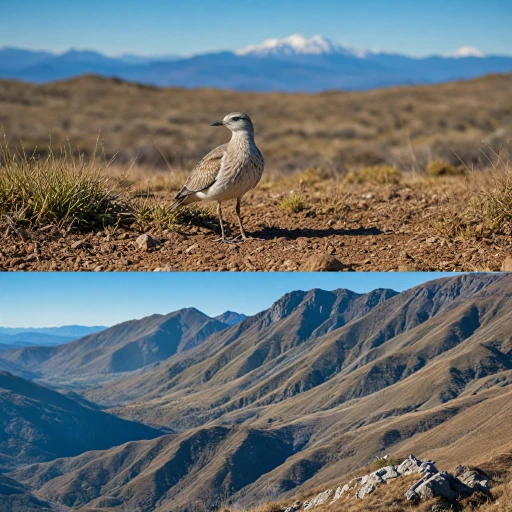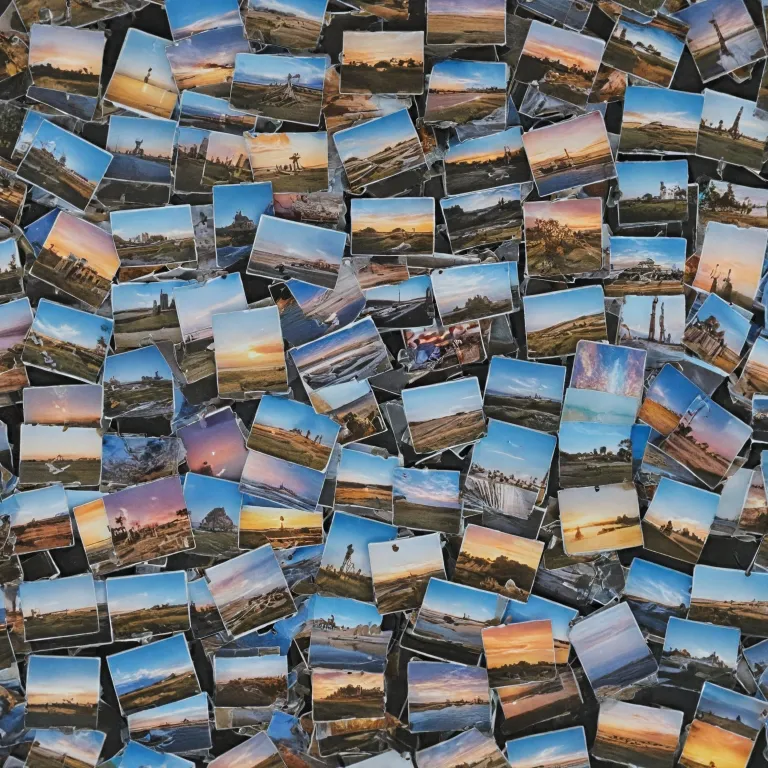Factors Influencing Photo Storage
Key Elements That Determine Photo Storage Capability
Understanding how many photos a 32GB memory card can store involves examining several key factors that influence storage capacity. These are the primary considerations:
- Image Resolution and Quality Settings: The photo resolution selected in your camera settings heavily impacts the number of photos your card can store. High-resolution images and settings will occupy more space, leading to a reduced number of possible photos.
- File Format Choice – JPEG vs. RAW: The choice between shooting in JPEG or RAW file format also plays a significant role. JPEG images are compressed files, resulting in smaller sizes as compared to RAW files, which maintain all the image data with little to no loss in quality. Consequently, JPEGs will allow for more pictures on the same card.
- File Size Considerations: The file sizes of your images fluctuate depending on various factors such as image detail, lighting conditions, and color depth. Understanding these file size differences is crucial when estimating how many photos a card of this size can hold.
- Camera Model and Specifications: Different cameras handle data storage and file processing differently, influencing the number of photos the memory card can contain. Each camera has specific storage needs depending on its sensor, capabilities, and settings.
The combination of these factors interacts to determine the overall photo storage capacity of your 32GB memory card. For more details on calculations regarding the average file sizes or specific numbers, you can explore
understanding the capacity of a 32GB card for photos.
Photo Resolution and File Size
Impact of Photo Resolution and Quality on Storage
Understanding how your camera’s resolution and settings influence file size is crucial when maximizing your storage options on a 32GB memory card. Photo resolution directly correlates to file size, which subsequently affects how many images your card can hold.
- Resolution and Digital Photos: The resolution, measured in megapixels, determines the dimensions of an image and influences its file size. Higher resolution images contain more data, leading to larger files. In general, if you're using a high-resolution setting, expect fewer images per card, as these files require more storage.
- Understanding JPEG and RAW Formats: When comparing JPEG and RAW photos, each has distinct characteristics influencing file size. JPEG images undergo compression, balancing between image quality and file size. This format is ideal for capturing many photos without sacrificing excessive storage. On the other hand, RAW files are uncompressed and retain all image data, resulting in larger file sizes. Capturing images in this format provides more editing flexibility but will fill your memory card more quickly.
- Storage Implications: With varying file sizes, a 32GB card can indeed hold a significant number of photos. However, this varies based on factors such as resolution and whether photos are saved as JPEG or RAW files. Typically, more storage space is required for RAW files. To get a better grasp of your specific storage needs, you might want to explore the capacity of a 32GB SD card for photos.
Choosing the right photo resolution and format—keeping in mind your storage capacity—ensures you get the most out of your memory cards without compromising on image quality or available space.
JPEG vs. RAW: Understanding Their Impact on Memory Card Storage
When considering how many photos a 32GB memory card can hold, the photo format is crucial. The two most common file formats, JPEG and RAW, significantly influence the number of pictures you can store.
JPEG images are widely popular due to their compression ability, which results in smaller file sizes. This lossy compression retains much of the image quality while reducing the data size, allowing cameras to save more photos on memory cards. Typically, a JPEG file might range from 2MB to 5MB, depending on the camera settings and image resolution. This means you can store a considerable number of JPEG photos on a 32GB card.
In contrast, RAW files capture unprocessed data from the camera’s sensor, providing maximum image quality. However, this means the file sizes are substantially larger, often ranging from 20MB to 50MB. Consequently, a 32GB card will hold fewer RAW photos compared to JPEGs. The trade-off is better post-processing flexibility and image quality, which is vital for professional photographers or those seeking the highest image fidelity.
It's important to note that the choice between JPEG and RAW affects not only the quantity of photos but also the post-production process. While JPEG images can be used immediately and edited with less flexibility, RAW files offer the advantage of more extensive editing capabilities without quality loss.
For those balancing between quality and storage capacity, some cameras offer a JPEG+RAW option, capturing each shot in both formats. Although this provides versatility, it will significantly reduce the total number of photos the card can hold. Understanding these file format considerations is essential to optimize your photo storage and ensure you have adequate room for your photography needs. To dive deeper into factors affecting storage and file sizes, explore our
photo resolution and file size discussion. For lens enthusiasts, check out our exploration of lenses suitable for various photography styles, such as the
TTArtisan 23mm f1.4 lens for Sony E-Mount.
Estimating Photo Capacity on a 32GB Card
Estimating How Many Pictures You Can Store
The capacity of a 32GB memory card for storing photos is influenced by various factors, including the image resolution and file format. Understanding these aspects can help you better estimate how many photos your card can hold, ensuring that your storage needs align with your photography activities.
For JPEG photos, which are often compressed to save space, the average file size might range from approximately 2MB to 5MB, depending largely on the camera's quality settings. Cameras set at higher resolutions or those that capture more detail will produce larger file sizes. As such, a 32GB card can store roughly 6,000 to 16,000 JPEG images, varying based on these factors.
When considering RAW files, which maintain all the image data, the file sizes are typically much larger—often between 20MB to 40MB or more. This greatly reduces the number of photos a card can hold. On average, you might expect a 32GB card to accommodate between 800 and 1,600 RAW photos. However, this estimate can vary with the specific camera model and its resolution capabilities.
It's important to remember that beyond file size, the type of photography you engage in will significantly impact storage needs. If you're frequently switching between JPEG and RAW formats, this will affect how many pictures you can store. Furthermore, newer cameras with higher resolution sensors, which produce larger files, will also play a role in determining card capacity.
These initial estimates underline the importance of aligning your storage capacity with your photography style, whether you're capturing countless JPEG images or focusing on fewer, high-quality RAW files. As you choose a memory card, consider both the quantity of photos you'll need room for and the quality settings your camera may require.
Maximizing Memory Card Usage
Enhancing Usage of Your Memory Card
To get the most out of your 32GB memory card and ensure it meets your photography needs, consider implementing a few strategic practices. Whether you're capturing life through a JPEG lens or meticulously preserving details with RAW files, maximizing your card's usage can make a significant difference.
- Optimize Quality Settings: Adjusting your camera's settings to balance photo quality and file size can help you fit more pictures on your card. If your primary focus is on sharing images online, opting for JPEG photos could be sufficient. However, if post-processing is a crucial step of your workflow, RAW files offer greater flexibility despite their larger size.
- Backup Regularly: Regularly transferring images to a reliable storage solution not only prevents data loss but also frees up your card for new pictures. Digital storage options are vast, and establishing a routine can be beneficial.
- Use Multiple Cards: Instead of relying solely on a single 32GB card, consider having multiple memory cards on hand. This can be especially useful on extended photography sessions or trips, ensuring you have ample digital space for all your captures.
- Pay Attention to Card Speed: Utilize memory cards with higher read and write speeds to enhance performance, particularly when capturing high-resolution JPEG images or RAW photos. Quick data transfer is crucial for efficient shooting and downloading of files later on.
These strategies not only maximize the capacity of your card but also ensure that you maintain the quality and integrity of your images. Knowing how many photos a card can hold is just the beginning; optimizing usage is a core skill any photographer can develop to grow their craft.
Choosing the Right Memory Card for Your Needs
Selecting the Appropriate Card for Your Photography Needs
Choosing the right memory card for your digital camera is crucial to ensure you capture every moment without any hiccup. Understanding the balance between card size, speed, and storage capacity will help you make an informed decision.
- Card Size and Capacity: A 32GB memory card can hold a varied number of pictures depending on their format (JPEG vs. RAW) and file size. If you're capturing high-resolution images like RAW files, the card will hold fewer photos due to larger file sizes.
- Speed Classifications: Cards come with speed ratings, which determine how quickly photos and images can be written and read. If you're shooting high-speed action or video, choosing a memory card with high write speeds is beneficial to avoid buffer delays.
- File Format Considerations: If you prefer shooting in RAW for its detailed quality, ensure your card can support this. Although RAW photos consume more storage, they offer extensive post-editing flexibility.
- Quality Settings and Average Size: Decide on the quality settings of your camera based on your storage needs. JPEG images, while lower in quality compared to RAW, are smaller in size, enabling you to store many more photos on a single card.
Before making a purchase, assess your requirements in terms of speed and capacity. For instance, a photographer capturing weddings may need multiple high-capacity cards to hold an entire day’s worth of pictures. Always have a backup card with you to avoid any unexpected data loss or card failure. Understanding memory card attributes will equip you with the ability to choose the right one for your specific needs and maximize your photo storage efficiently.

